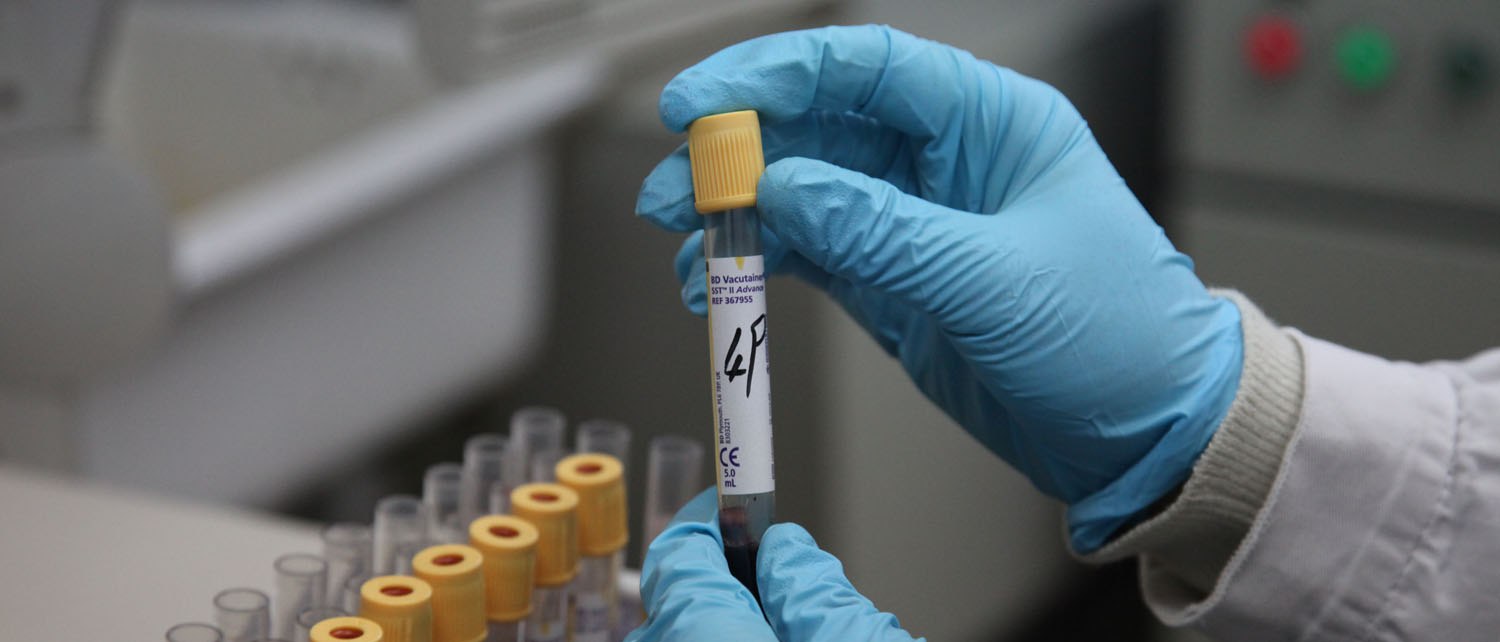NEW YORK (27 September, 2017)—TB Alliance commends the World Health Organization (WHO) for recognizing tuberculosis (TB) as a priority pathogen alongside 12 others in two new reports. All of these pathogens are growing increasingly resistant to the drugs used to treat them.
The reports were announced during 2017 U.N. General Assembly meetings by WHO Director General Dr. Tedros Adhanom Ghebreyesus, with several speakers, including TB Alliance President and CEO Dr. Mel Spigelman. They highlight where TB research and development (R&D) should be focused and the need for more funding to combat the growing threat of antimicrobial resistance.
According to the WHO reports only 58 novel antibiotics and treatment combinations were in clinical development for these priority pathogens. These included seven for TB, a disease that killed 1.8 million people in 2015. The TB pathogen is the world’s leading infectious disease killer, yet WHO estimates a US $1 billion funding gap in TB R&D.
“WHO’s announcement puts a spotlight on the desperate need for more TB R&D funding,” said Dr. Spigelman. “The efforts to develop new drugs to effect a quicker, more efficacious and safer cure for drug resistant TB have always been chronically underfunded despite the disease’s impact.”
New medicines for TB are desperately needed. The current treatment for drug-resistant TB can last up to two years or more, and comes with harsh side effects—including permanent hearing loss—and a high monetary cost for whoever pays the bill—governments, insurers and patients. Even TB that is not drug-resistant takes six months to cure.
Only approximately 20 percent of people with multidrug-resistant TB (MDR-TB) receive treatment and, of that small fraction, about half are cured. To place the situation in perspective, patients with MDR-TB who receive treatment have the same survival rate as all patients with Ebola, an infection that has no approved drug treatment.
TB Alliance manages the largest pipeline of new TB drug candidates in history and is advancing multiple products. Projects with the potential to have the greatest impact on the disease, while being cost-effective and simple to administer, are prioritized. For the latest status of our pipeline visit: www.tballiance.org/portfolio
# # #


